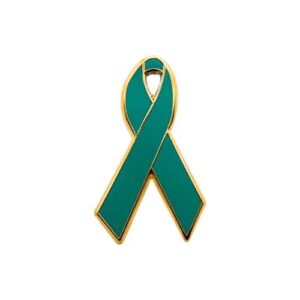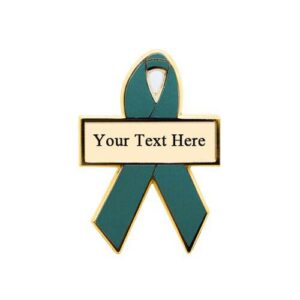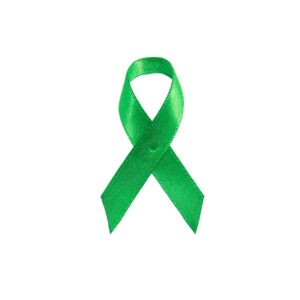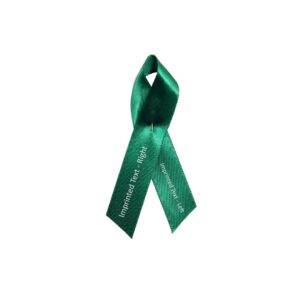
National Depression Screening Day
National Depression Screening Day takes place during the first week of October. Some assign the date of October 6, and others use the date of October 10. This observance works to bring awareness to the need for depression awareness and accessible and affordable mental health screenings. A number of different factors can often come into play with depression that can include a mix of environmental, genetic, psychological, and biological /biochemical components. Not everyone experiences depression in the same way. But it can affect anyone at any time.
It is important to take that next step and seek out professional help and be screened if you or someone you care about feels they may be depressed. Depression is a highly treatable condition with many different options available. A professional can be sought out to help determine the best course of action for every individual that is suffering from it.
Whether for heart disease, high blood pressure, diabetes or depression, health screenings provide a quick and easy way to spot the first signs of serious illness. Screenings can help people who might not otherwise seek professional medical advice.
Major depression is one of the most common mental illnesses, affecting 6.7% (more than 16 million) of American adults each year. Like screenings for other illnesses, depression screenings should be a routine part of healthcare.
Wear a green awareness pin, green fabric ribbon, or green wristband for National Depressing Screening Day.
National Depression Screening Day Awareness Facts
- Clinical depression is a serious medical illness.
- Clinical depression can lead to suicide.
- Sometimes people with depression mistakenly believe that the symptoms of depression are a “normal part of life.”
- Clinical depression affects men and women of all ages, races and socioeconomic groups.
- Only about a third (35.3%) of those suffering from severe depression seek treatment from a mental health professional.
- Depression can co-occur and complicate other medical conditions.
- Screenings are often the first step in getting help.
Who Should Get Screened?
People suffering from depression often experience some of these key symptoms:
- A persistent sad, anxious or “empty” mood.
- Sleeping too little, early morning awakening, or sleeping too much.
- Reduced appetite and weight loss, or increased appetite and weight gain.
- Loss of interest or pleasure in activities once enjoyed.
- Restlessness or irritability.
- Difficulty concentrating, remembering or making decisions.
- Fatigue or loss of energy.
- Thoughts of death or suicide.
Types of Depression
Depressive disorders are a category of mood disorders that involve extended periods of feeling extremely sad or empty and disrupt a person’s ability to enjoy life. Some of the most common depressive disorders include:
- Major depressive disorder (clinical depression): A mental health condition characterized by an inescapable and ongoing low mood often accompanied by low self-esteem and loss of interest or pleasure in activities that a person used to find enjoyable. To meet the criteria for major depressive disorder (MDD), symptoms must be present nearly every day for at least two weeks. MDD is also often referred to as major depression.
- Persistent depressive disorder: Refers to a longer-lasting form of depression. While major depressive disorder is diagnosed if an individual experiences symptoms for at least two weeks, persistent depressive disorder is used when symptoms of depression are present on most days for at least two years but do not reach the severity of a major depressive episode. Prior to the release of the DSM-5 this was more commonly known as dysthymia.
- Post-partum depression: Depression that starts after childbirth and lasts at least two weeks and up to a year.
- Premenstrual dysphoric disorder: A form of pre-menstrual syndrome that is diagnosed when a woman experiences severe symptoms of depression, tension, and irritability in the week prior to menstruation. While it isn’t uncommon for most women to experience emotional and physical changes prior to menstruation, women who meet criteria for PMDD experience changes that impact their lives in more profound ways.
- Seasonal affective disorder: A mood disorder involving symptoms of depression associated with varying levels of sunlight during fall and winter months which subsides during spring and summer.
Depression is also a feature of bipolar disorder.
Treatments
Depression is very treatable, with the overwhelming majority of those who seek treatment showing improvement. The most commonly used treatments are antidepressant medication, psychotherapy, or a combination of the two. Learn more about therapy and medication.
The choice of treatment depends on the pattern, severity, persistence of depressive symptoms, and the history of the illness. As with many illnesses, early treatment is more effective and helps prevent the likelihood of serious recurrences. Depression must be treated by a physician or qualified mental health professional.







